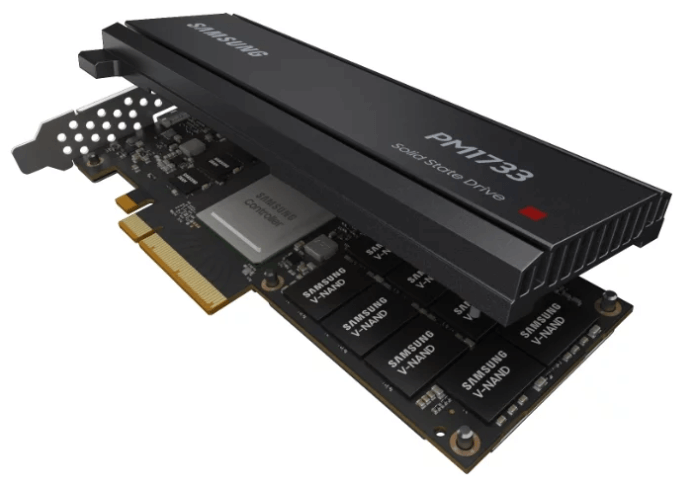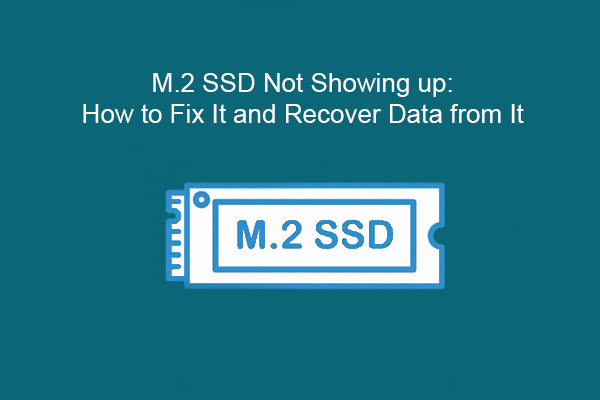Since Samsung is completely supporting AMD’s EPYC 7002 series and its supporting platforms, Samsung announced PM1733 PCIe 4.0 SSD on August 8th. The continuous reads speed of Samsung PM1733 PCIe 4.0 SSD reaches 8,000 MB/s and the writes speed can up to 4,400 MB/s.
Introduction of Samsung PM1733 PCIe 4.0 SSD
Configuration
Samsung released new PM1733 series SSD on August 8th because Samsung is totally backing AMD’s EPYC 7002 series and its supporting platforms. The EPYC 7002 configured with up to 64-core/128-thread has already got major design wins from Google and Twitter. And it seems to have shocked the data center market.
Because the EPYC 7002 is based on the Zen 2 architecture, it supports PCIe 4.0 like the Ryzen 3000 desktop consumer processor counterparts, too. So as you might expect, the PM1733 is fully compliant with the PCIe 4.0 standard.
Speed
Consumer-based PCIe 4.0 SSDs have seen significant improvements in sustained sequential read and write operations compared to the previous generation PCIe 3.0-based SSDs. The new generation of SSDs can achieve a continuous read speed of about 5,000 MB/s and a sustained write speed of around 4,400 MB/s. But the Samsung PM1733 PCIe 4.0 SSD can easily surpass those SSDs because of its achievable 8,000 MB/s continuous read speed. In addition, random IOPS can reach 1,500K.
Capacity
In addition to using AMD’s EPYC 7002, the Samsung PM1733 PCIe 4.0 SSD also uses its own Generation 5 512Gb TLC V-NAND. These solid-state drives are available in both HHHL and U.2 form factors. The HHHL version of the PMH33 has a maximum capacity of only 15.36 GB, but the U.2 version has a maximum capacity of 30.72 TB. So for data centers and enterprises, the U.2 version will be more suitable.
Price
Up to now, Samsung has not announced the price of the new PM1733 PCIe 4.0 SSD and has not announced when the PM1733 PCIe 4.0 SSD will be put into the market. However, as far as the current situation is concerned, the price of the Samsung PM1733 PCIe 4.0 SSD will be abnormally high, especially for the 30.72TB U.2 SSD.

Introduction of AMD’s EPYC 7002 Series
The second-generation AMD EPYC is a new type of server processor that raises data center standards and has become the industry’s standard benchmark in terms of breakthrough design. The EPYC 7002’s secure encrypted virtualization feature protects your data. In addition, the EPYC 7002 is flexible, allowing you to manage new deployments and change workloads simply and efficiently.
Whether you’re running enterprise applications, virtualized and cloud computing environments, data analytic applications, software-defined infrastructure or high-performance computing, you can run better with the AMD EPYC 7002 Series of servers. And compared to first-generation of AMD EPYC, the second-generation AMD EPYC can provide the same performance while only costs half of the power consumption.
Bottom Line
From this article, you can have a brief understanding of Samsung PM1733 PCIe 4.0 SSD. It has improved both sequential reads and writes speed compared to the previous generation PCIe 3.0-based SSDs. And with AMD’s EPYC 7002, Samsung PM1733 SSD will become popular.
